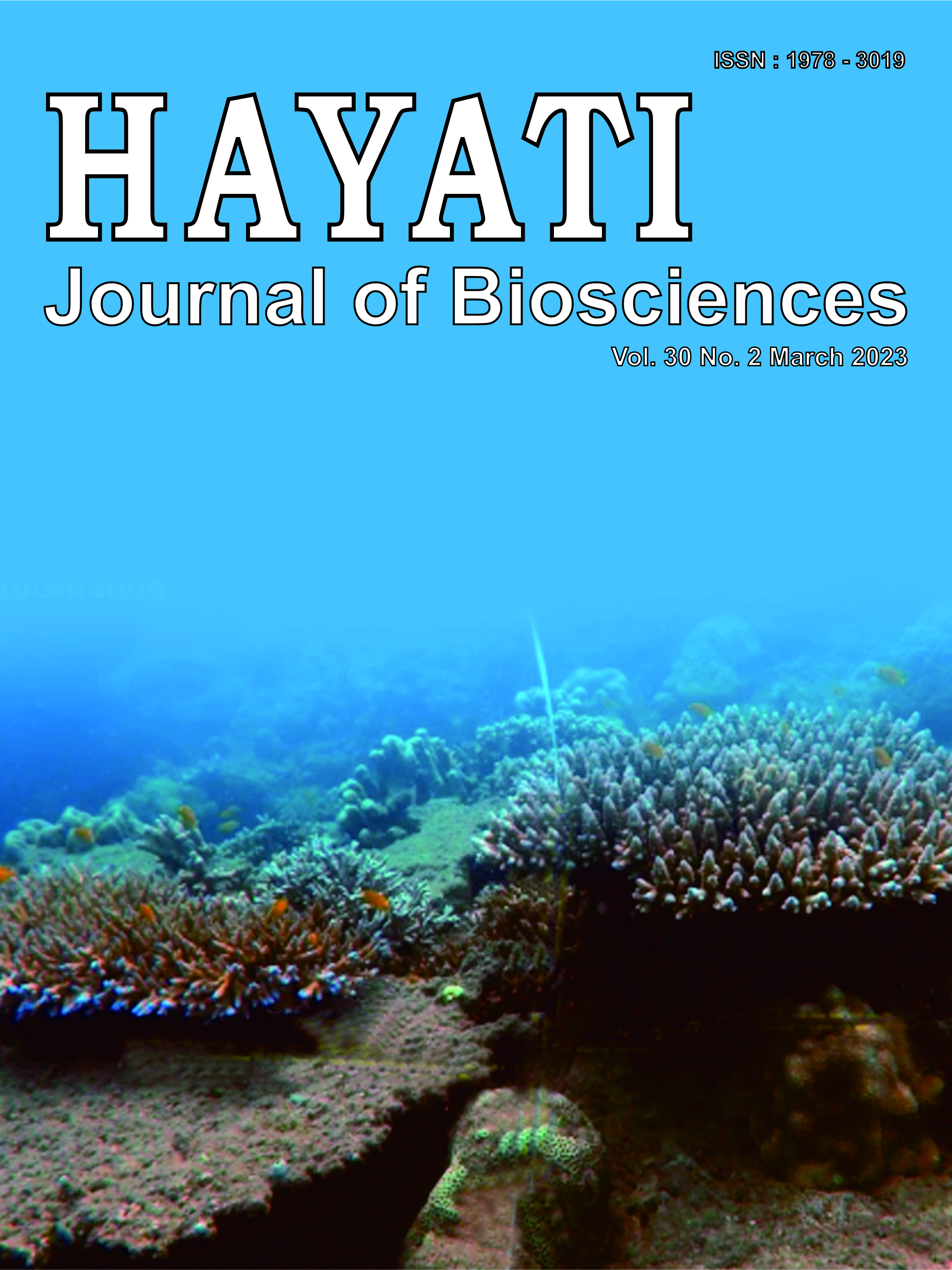A Meta-Analysis of Latex Physiology Studies Reveals Limited Adoption and Difficulties to Interpret Some Latex Diagnosis Parameters in Hevea brasiliensis
Abstract
Latex diagnosis is widely adopted in natural rubber-producing countries to optimize the natural rubber production through a physiological-based latex-harvesting system management. This study is the first bibliographical searching and meta-analysis on the variation of latex physiological parameters i.e. sucrose, inorganic phosphorus, thiols, and total solid content. The study used information extracted from 158 scientific papers. Descriptive statistics, agglomerative hierarchical clustering, and principal component analysis were performed to characterize applications of latex diagnosis, how often parameters are used and interpreted as well as the variation of its parameter values. From 158 papers, latex diagnosis parameters were used in 114 agronomy, 22 in physiology, and 22 in breeding papers. The agglomerative hierarchical clustering analysis indicated that sucrose and inorganic phosphorus contents were clustered together and total solid and thiols contents were located in another cluster. The average values of the total solid content, sucrose, inorganic phosphorus and thiols were 43.9%, 9.4 mM, 16.5 mM, and 0.52 mM, respectively. The percentage of interpretation is 63.3% for sucrose, 54.4% for inorganic phosphorus, 47.5% for thiols, and 41.1% for the total solid content. The low interpretation of thiols and total solid contents question their relevance in latex diagnosis. The low adoption of latex diagnosis in breeding could hinder the selection of activities leads to a limitation of selection for long-term high yielding and stress-adapted clones.
Downloads
Copyright (c) 2023 Junaidi Junaidi, Anne Clément-Vidal, Tri Rini Nuringtyas, Eric Gohet, Siti Subandiyah, Pascal Montoro

This work is licensed under a Creative Commons Attribution-NonCommercial 4.0 International License.
HAYATI J Biosci is an open access journal and the article's license is CC-BY-NC. This license lets others distribute, remix, tweak, and build upon author's work, as long as they credit the original creation. Authors retain copyright and grant the journal/publisher non exclusive publishing rights with the work simultaneously licensed under a https://creativecommons.org/

























.png) IPB University
IPB University Department of Biology
Department of Biology The Indonesian Biological Society
The Indonesian Biological Society 

